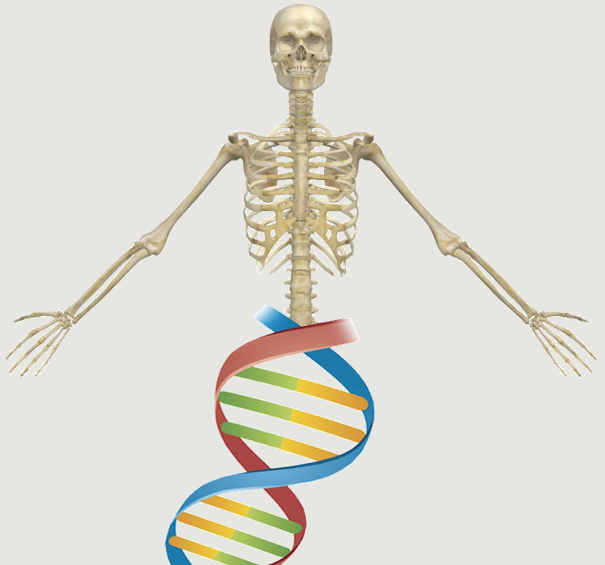Abstract:
UNLABELLED: The genes encoding the core circadian transcription factors display an oscillating expression profile in murine calvarial bone. More than 26% of the calvarial bone transcriptome exhibits a circadian rhythm, comparable with that observed in brown and white adipose tissues and liver. Thus, circadian mechanisms may directly modulate oxidative phosphorylation and multiple metabolic pathways in bone homeostasis. INTRODUCTION: Although circadian rhythms have been associated historically with central regulatory mechanisms, there is emerging evidence that the circadian transcriptional apparatus exists in peripheral tissues. The aim of this study was to determine the presence and extent of circadian oscillation in the transcriptome of murine calvarial bone. MATERIALS AND METHODS: Cohorts of 8-week-old male AKR/J mice were maintained in a controlled 12-h light:12-h dark cycle on an ad libitum diet for 2 weeks. Groups of three mice were killed every 4 h over a 48-h period. The level of gene expression at successive times-points was determined by quantitative RT-PCR and Affymetrix microarray. Data were analyzed using multiple statistical time series algorithms, including Cosinor, Fisher g-test, and the permutation time test. RESULTS: Both the positive (Bmal1, Npas2) and negative (Cry1, Cry2, Per1, Per2, Per3) elements of the circadian transcriptional apparatus and their immediate downstream targets and mediators (Dbp, Rev-erbalpha, Rev-erbbeta) exhibited oscillatory expression profiles. Consistent with findings in other tissues, the positive and negative elements were in antiphase relative to each other. More than 26% of the genes present on the microarray displayed an oscillatory profile in calvarial bone, comparable with the levels observed in brown and white adipose tissues and liver; however, only a subset of 174 oscillating genes were shared among all four tissues. CONCLUSIONS: Our findings show that the components of the circadian transcriptional apparatus are represented in calvarial bone and display coordinated oscillatory behavior. However, these are not the only genes to display an oscillatory expression profile, which is seen in multiple pathways involving oxidative phosphorylation and lipid, protein, and carbohydrate metabolism.
Notes:
Zvonic, Sanjin Ptitsyn, Andrey A Kilroy, Gail Wu, Xiying Conrad, Steven A Scott, L Keith Guilak, Farshid Pelled, Gadi Gazit, Dan Gimble, Jeffrey M eng DK072476/DK/NIDDK NIH HHS/ R21 DE016371/DE/NIDCR NIH HHS/ Comparative Study Research Support, N.I.H., Extramural Research Support, Non-U.S. Gov't 2006/12/06 09:00 J Bone Miner Res. 2007 Mar;22(3):357-65.
Website

